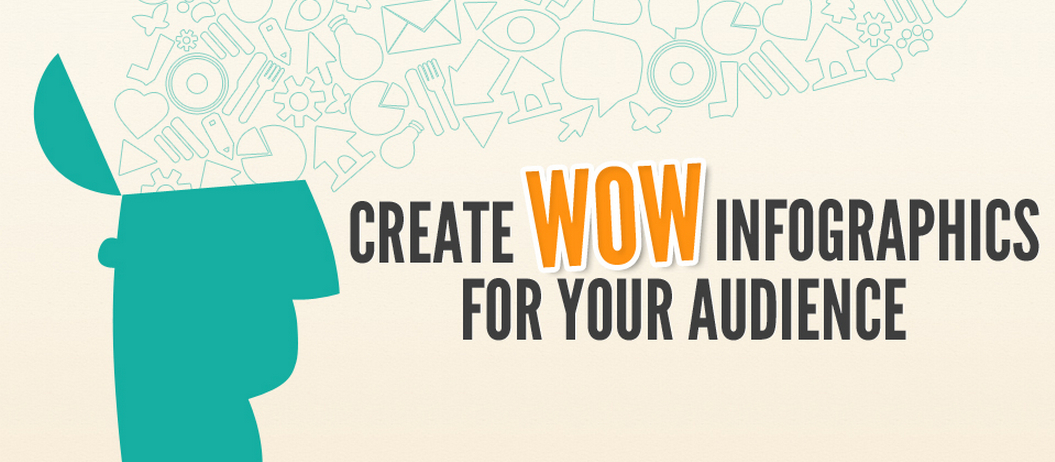Yesterday we reported on Piktochart (@piktochart| Facebook), the company that allows anyone to create engaging infographics. The company recently celebrated serving its 100,000th user and has been awarded its first round of funding this year.
So with clients that include Harvard, Red Bull, General Electric, and the World Wildlife Federation we asked Piktochart’s co-founder, Ai Ching Goh (@ACGoh), what it takes to create the best infographics. We also asked about the about the mistakes users make.
Start at the very beginning
With thousands of companies and individuals creating infographics getting your one noticed is becoming increasingly difficult. It needs to be unique and, above everything, needs to stand out above the crowd. When creating their infographics Goh says that users need to start with solid research and factual information. An infographic, says Goh, is no different from creating an article.
[You need] well researched and unique content. An infographic is similar to an article (or wine or perfume – lol), you need a captivating header, interesting body and strong conclusion to finish an infographic.
The design is important to bring out the flavour of the infographic.
What not to do
But she advises that infographic creators mustn’t get carried away with the information – users want to discover new data when reading an infographic but it must tell a story. Only choose the most important pieces of information to pique the users’ interest.
[Avoid] too much information (and infographics that are too long). [Quite often] infographic creators try to pluck a lot of images, vectors and mix them all together in a concoction of a data overload.
Another mistake is that the data tends to be over-simplified.
Topics
When it comes to what to cover, try and give your infographic a news hook. This means looking at what’s trending in the news for your area of interest but, again, it all comes down to the value of the research that you have developed.
Current topics such as “Obama wins recent elections with social media.” What usually lends credibility is the amount of data researched and how much of data is within the infographic. Next, use something that is visually appealing to represent the data.
But you also need to understand what your audience is interested in – if your infographic is well designed and contains great information but hasn’t been designed for a specific audience than it mightn’t do that well. Once you know your audience then it’s back to the drawing board – literally.
Find out what your target audience is interested in. Draft a story board – header, body and conclusion. Fit the data into the points in the “storyboard” and then design the infographic. Promotion of the infographics is quite important too. Highlight it in your social media streams and if budget allows, promote the infographic using “Facebook posts.”
In short, your infographic needs to be short and to the point in order to make it effective for you and your business. Here are Goh’s top five tips for creating an infographic;
- Know what content drives interest for your target audience;
- Keep it short and simple
- Reference your data points
- Your infographic has to have a good “body” – a captivating title, an interesting body backed with solid facts, a simple conclusion
- Select a fitting design to represent the story













